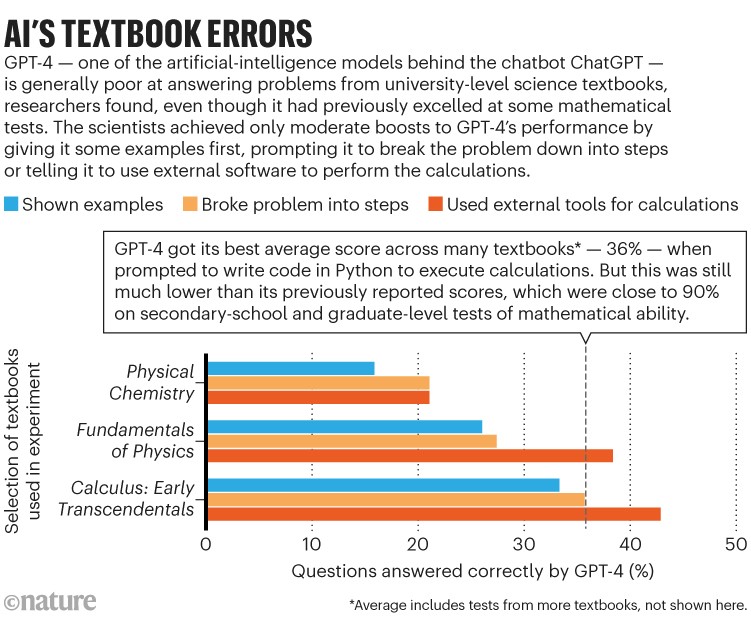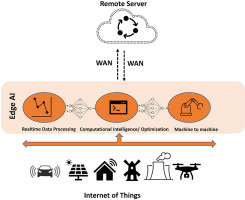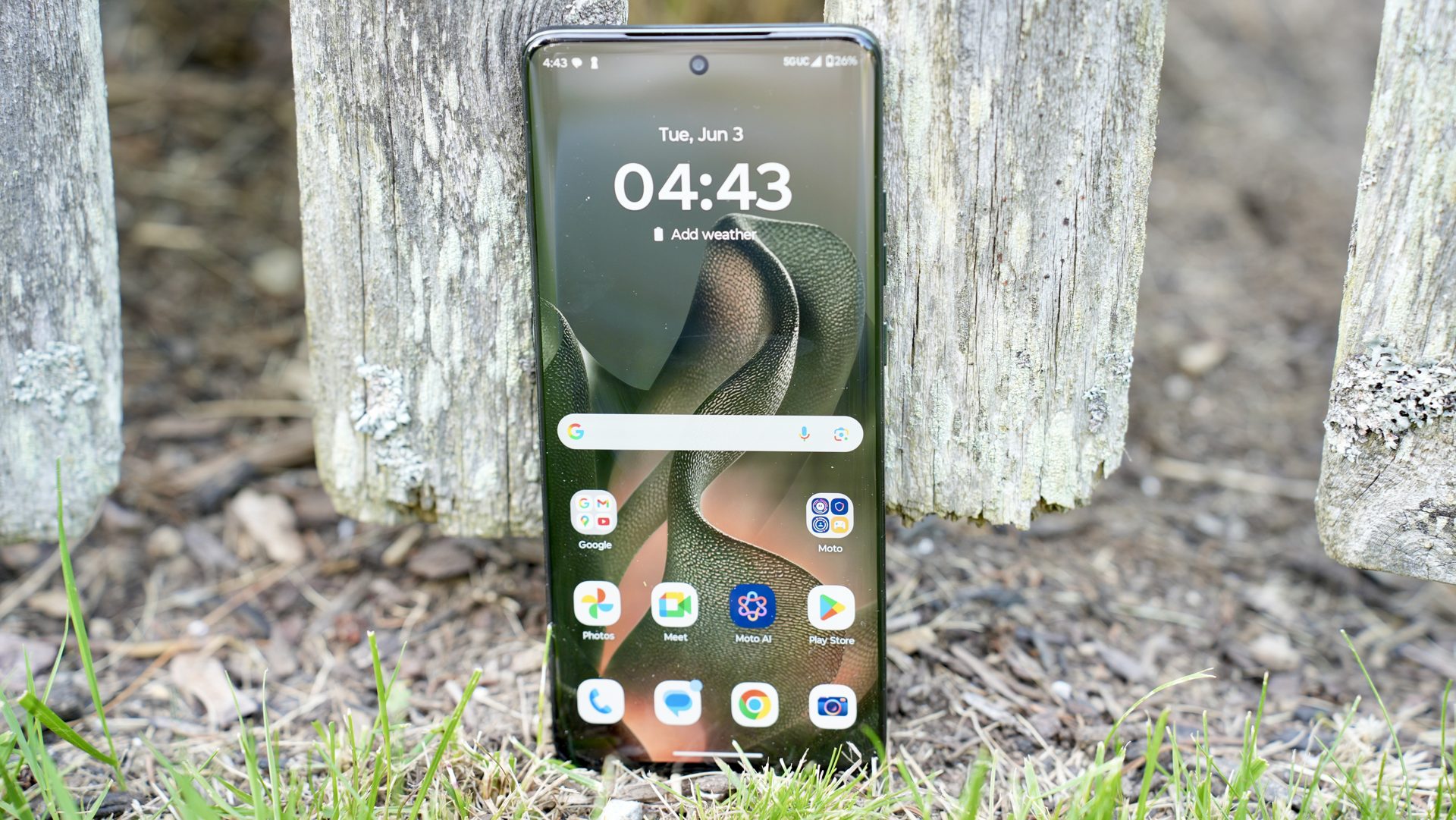Four Difficult Truths About Utilizing ChatGPT
Since late November 2022, OpenAI has astonished the globe by launching an advanced chatbot that utilizes a large language model to interpret human input and produce human-like replies. Even though it’s one of the initial uses of an LLM, ChatGPT gained popularity due to its easy accessibility. You can either download the app or access OpenAI’s conversational AI via a web browser. To save your conversation history, you must log in to an existing Apple, Google, or Microsoft account.
Although ChatGPT is straightforward to access and seamlessly integrates into work, educational settings, and casual usage, there are still a few considerations to keep in mind while interacting with the chatbot. ChatGPT can occasionally provide incorrect answers or record your personal data. The chatbot can be dependable in certain applications; however, it still exhibits biases that should not be overlooked. Moreover, engaging in prolonged conversations with a chatbot may lead to psychological effects that could be difficult to manage.
### ChatGPT can generate inaccurate answers
ChatGPT may deliver answers in a very straightforward manner, but it is not always accurate. Its responses are based solely on its training data: some of which can carry biases, while at times, its replies seem entirely reasonable yet derive from incorrect or outdated data. Particularly for users who depend on the free public model, it will invariably be a bit outdated.
Currently, ChatGPT is operating on version 5.1 across all tiers, although GPT 5.2 is anticipated to be launched soon. This highlights the constant pressure to implement updates to remain competitive. Keep in mind that AI is still a swiftly evolving domain, and rivals (like Google Gemini, Anthropic’s Claude, and even Perplexity) only intensify this competition.
ChatGPT also does not consistently provide accurate sourcing or citations for its responses. OpenAI notes in its guide that ChatGPT may present incorrect definitions, facts, and can even invent quotes and studies. Therefore, it is advisable to always verify the information before accepting it, although the chatbot occasionally complicates the effort to trace the source of its information, making it wise to ask when possible.
### ChatGPT is not a human, despite its conversational nature
While chatting with OpenAI’s chatbot, it can be easy to overlook that the entity generating responses is an AI, not a human, particularly since it employs an LLM designed to interpret and generate human-like replies. There have even been instances where individuals have utilized the chatbot to transform the AI companion into an ideal partner. One reported case from earlier this year involved a married woman who leveraged the platform to instigate a virtual affair.
Although this is merely a byproduct of chatbot AIs appearing human-like on the surface, consider using it as a medium to express your troubles or conduct sensitive conversations without feeling scrutinized? This makes dialogue relatively straightforward, which is why individuals might feel deceived that the “person” communicating from the other side of the screen is not a person, but rather an actual AI predicting answers based on supplied data.
### ChatGPT has a memory constraint
ChatGPT also has a limitation on how much it can remember during interactions. This is often not something everyone contemplates, particularly if the platform is used infrequently. ChatGPT can retain specific details through its reference saved memory feature, aiding in maintaining the relevance and personal nature of your conversations. However, this capacity is finite. According to ChatGPT, it can remember thousands of tokens of context, which is roughly equivalent to a few pages of text (OpenAI has not explicitly disclosed the data size for ChatGPT).
It also cannot retain every single piece of information you provide. It won’t log short-term or trivial details about you, sensitive personal data (such as sexual orientation or intricate political views), or anything identifiable like phone numbers and IDs. It will record details like your interests, personal context, preferences, and long-term projects. Stored memories are classified into two primary categories: conversation memory and persistent memory. It won’t have anything in its persistent memory unless you choose to specify it or set it up for automatic saving.
### ChatGPT is not completely confidential
On any AI platform, you should refrain from disclosing your personal information. Never divulge sensitive data such as banking details, your work projects, or even specific device information that could be associated with your accounts. ChatGPT’s Privacy Policy outlines that it will collect information including account details, user content (what you input as a prompt, including uploaded files), and personal information provided in communications, such as emails, events, and surveys.
All the data you provide is utilized to enhance its services and training, and to adhere to legal obligations and terms of service. However, the platform’s Privacy Policy also states that they may still reveal your data to third parties, including governmental bodies and their affiliates. You should also
Read More









